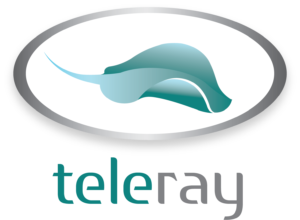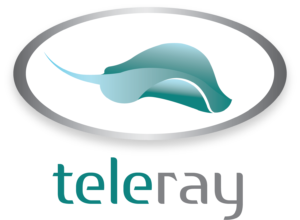Medical coding and billing is a complex, ever-evolving landscape. From contextualizing the nature of services rendered and coding them properly to billing against health insurance and beyond — there’s plenty of room for error throughout the process. Often, it’s the patient who’s left with a headache due to incorrect coding, but providers also stand to lose revenue with each billing mistake. This couldn’t be more evident now, during the rise of telehealth services.
TeleRay is acutely aware of the crucial importance of proper reimbursement coding for telehealth services. It’s why we provide consultancy regarding reimbursement rules, codes, and billing: to help providers streamline their practice management.
The many complexities of medical coding and billing
In theory, medical coding (and, by association, billing) is a simple concept: Correlate the service provided with its representative code so insurance companies can handle claims accordingly. In practice, unfortunately, there can be a wide gap in services administered vs. appropriate coding.
For example, CPT Codes 76801 and 76817 both represent an ultrasound given to a pregnant woman. The difference? The former is for a transabdominal approach, while the latter signals a transvaginal approach. This singular detail distinguishes the procedures and determines how they’re billed and reimbursed by an insurance provider. That same patient may need those images sent to another provider, which may be reimbursable under store-and-forward reimbursement codes.
To complicate matters further, improper medical coding for reimbursement can quickly snowball into a slew of problems, ranging from denied claims to Medicare/Medicaid audits. An incorrectly coded claim tends to result in lost revenue for providers and a negative experience for patients.
Telehealth and image sharing reimbursement as an emerging consideration
The rise of telehealth services has led to increased accessibility in healthcare. Today’s patients can take full advantage of remote technologies to get the care they need, such as remote diagnostics through TeleRay Live or real-time access to medical imaging via TeleRay Reports. Unfortunately, telehealth has complicated the already cumbersome process of trying to code for proper reimbursement.
Let’s say a patient has an appointment with their gastroenterologist to review diagnostic ultrasound scans. How would a provider code this? CPT Modifier 95 indicates synchronous telemedicine services, but a coding professional still needs to determine which code (91200-91299) to modify. There are CMS codes specifically designated for this type of telehealth service as well, including CMS G2010 and G2250.
And did we mention telehealth coding and reimbursement rules are payor and state dependent? It can all get vastly confusing.
Here, again, classifying the wrong code can perpetuate a variety of problems. While telehealth can potentially be an efficient revenue stream for providers — not to mention a convenience for patients — improper coding can erase these positives and replace them with frustrating experiences and outcomes.

TeleRay simplifies provider reimbursement coding
Although there are numerous intricacies associated with the appropriate coding and billing of telehealth services, perhaps the most difficult consideration is the continually changing nature of telemedicine in the eyes of the government and health insurance providers.
It was only recently (November 2022) that the Centers for Medicare and Medicaid Services (CMS) released its final 2023 Medicare Physician Fee Schedule (PFS) and guidance on telehealth reimbursement. And while the guidance clarified several previously uncertain policies, it also added nuanced complexities to how providers can bill for telehealth services.
Telehealth and image sharing continue to effect seismic shifts for providers trying to offer these services to patients and bill for them efficiently and accurately. It’s why many providers are partnering with stewards like TeleRay for consultancy on reimbursement rules, codes, and billing. Having a partner abreast of current and upcoming changes to telehealth-related CPT and CMS coding, as well as reimbursement policy changes, can give providers an edge in maintaining a healthy telehealth revenue stream.
An opportunity for both patient and provider
Coded correctly, diagnostic telehealth and image sharing services offer an opportunity to expand patient access to critical imaging modalities — while also opening a new revenue stream for providers. But an incorrect approach to reimbursement can just as easily create complications. That’s why it pays to have a partner who understands not only the proper coding approach, but also the evolving telehealth landscape.
Learn more about proper reimbursement coding at teleray.com.



